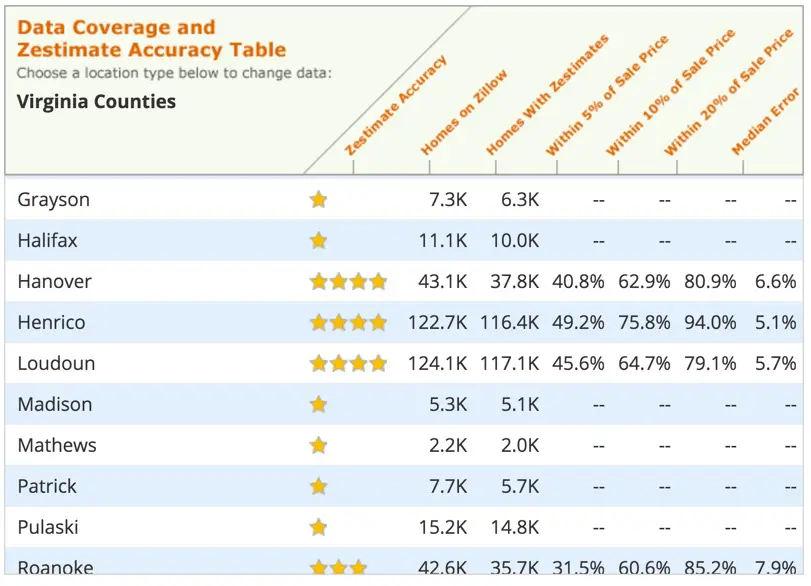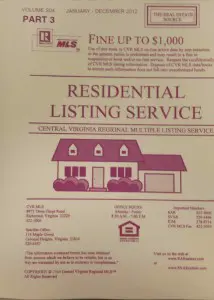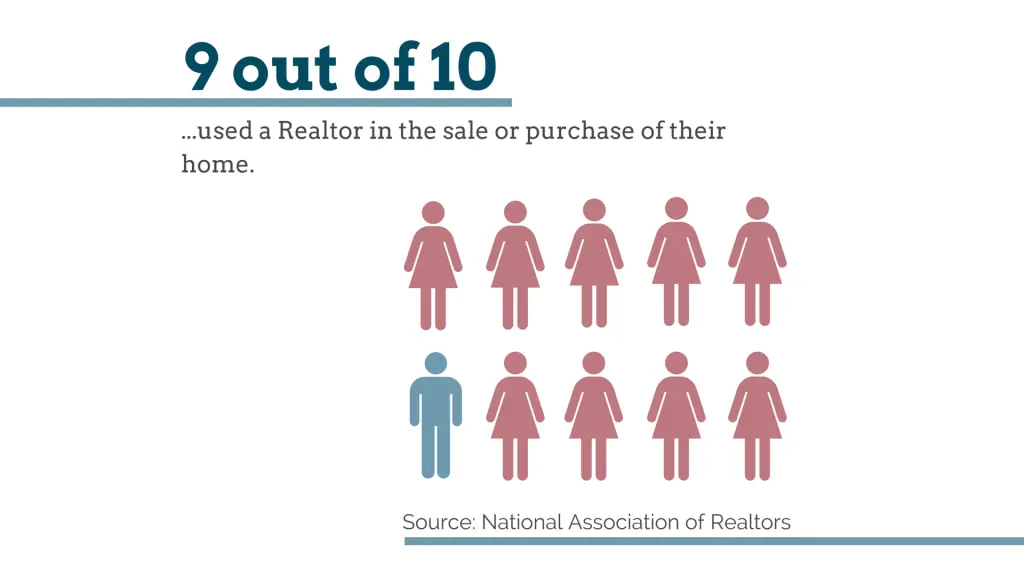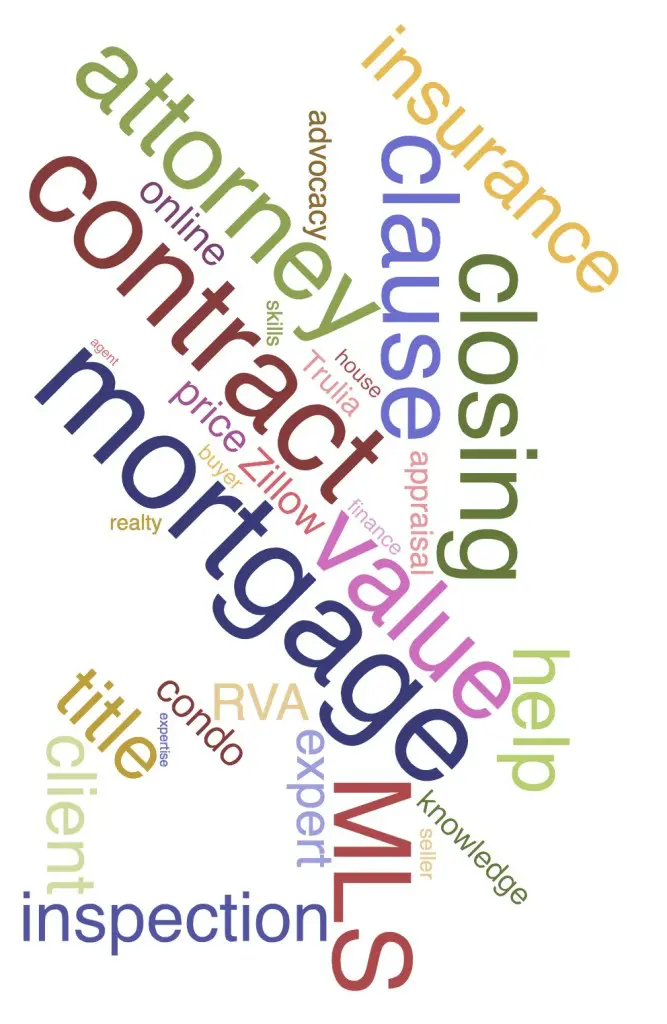 “Click here to get your home’s value!”
“Click here to get your home’s value!”
“Do you want to know what your home is worth?”
“Use this code to find out what values are doing in your area!”
“Want to know what has sold in your neighborhood?”
Yes, we get them, too. They come in the mail … and appear in our inbox … and follow us around the web … and show up in our sidebars and in the banner ads. The opportunities to check a home’s are everywhere and the services that provide them are relentless.
The Rise of the AVM
At the end of the day, the rise in the Automated Valuation Models (AVM’s) has been transformative in the real estate industry. No longer does the public have to call an agent (or appraiser) to get an estimate of value, anyone can now go to Zillow, or Realtor.com, or SmartZip, or one of the now dozens of websites that offer free valuation service and plug in an address to see what a computer thinks the home is worth.
Are they accurate? Sometimes.
Are they easy? Usually.
Are they valuable? Well, they’re free, if that tells you anything …
The Technological Achievement
On a technological level, being able to estimate a value of a home that you have never been in that sits on a lot in city you have never been to is pretty impressive. As a data nerd (in addition to being an agent,) I tip my cap to these services … I really do.

So when you see much of our (negative) writing on our sites dedicated to valuing property and bashing Zillow, it is for the following reason — Zillow convinced the market that it was right and everyone else (especially REALTORS) was wrong. Their stance is unfortunate because it obscures how valuable a site like Zillow can be when used correctly.
Where Zillow Missed
Until recently, Zillow’s estimate (creatively called the Zestimate!) was the only game in town.
From when they launched in 2006 until about 2015, Zillow had largely cornered the market on free estimates. They had convinced the public that their Zestimate was gospel and anyone who dared to differ was either wrong or incompetent.

As agents, we could see a ‘Zestimate-er’ coming a mile away. Sometimes a client would announce it by saying ‘But Zillow says …’ and other times we would hear a statement like ‘we feel the home is worth $337,452’ (and when you check Zillow, you would see a $337,452 Zestimate.) I do not have enough fingers and toes to count the number of times I saw a client make a decision based entirely on Zillow’s valuation yet never question either how they arrived at the number, or what data was used to compute it … but that is another post for another day.
Needless to say, it was frustrating as the public did not understand Zillow was for what it was. Zillow, while filled with great information about a million different things, was stating values in absolute terms (not in ranges) and not disclaiming the underlying information or stating values using statistical confidence intervals. In my opinion, this is a huge disservice to the very market they claim to be helping.
Zillow was saying ‘Our Zestimate = $276,400” and not ‘Our Zestimate is between $271,000 and $278,000 and our data indicates we are 80% sure of our estimate.’
While they sound like they are saying the same basic thing, one means something entirely different than the other.
Zillow’s Competition is Better
So what has changed? For one, several new services are in the market providing values right alongside of Zillow and they are doing so in ways that are much more responsible. Oh, and the value estimates range widely.
See below:

- HomeFacts – $191,000
- Zillow – $182,933
- Movoto – $188,666
- EApprasial – $185,410
- HomeSnap – $190,000
The difference between the highest and lowest is roughly 5%.
So which one is correct? Great question …
How it Should Be Done
Now the CoreLogic platform that we subscribe to state values differently.
They offer not only a suggested value, but also a range of probable values as well as a confidence interval around the estimate to give you a better sense of how confident they are in their own estimate … and I think that is a far more responsible way of going about it:

The Market Reacts
And you know what, we are already seeing the behavioral change.
Where a great number of people used to quote Zillow’s estimate during negotiations or during the listing presentation, they now ask why Zillow’s estimate is different from Realtor.com’s is different from the SmartZip estimate (quoted in a range, btw…) is different from Movoto. In effect, the multiple sources of estimates has undermined the reliance upon a single valuation as the primary arbiter of values. People now recognize that the estimates vary based on the algorithm used and the data that lies beneath and are far more willing to accept that values are subjective and can vary by day, week or month and are impacted by a myriad of factors.
And guess what else is happening? People are asking Realtors to assist them in sifting though the informational clutter and to help them understand what is really going on … and more importantly, why. When agents can really help their clients understand the market forces and develop strategies instead of blindly assuming that a computer algorithm contains the correct answers, then far better decisions are made by all.
So as we have said on many occasions, you should incorporate AVM’s into any analysis of a home’s value, but they should not be used IN LIEU of doing your homework.


 At the end of the day, helping clients understand where they stand in the market means impacting their financial health in the greatest of ways. How you market your listings matters … the same way understanding deeds, inspections, RESPA, Fair Housing, construction materials and zoning matters. But if you don’t understand the underlying value of what you are buying and selling, then the rest of it matters far less (and if you read any of our blog posts with any regularity, you know we spend a lot of time
At the end of the day, helping clients understand where they stand in the market means impacting their financial health in the greatest of ways. How you market your listings matters … the same way understanding deeds, inspections, RESPA, Fair Housing, construction materials and zoning matters. But if you don’t understand the underlying value of what you are buying and selling, then the rest of it matters far less (and if you read any of our blog posts with any regularity, you know we spend a lot of time 





 So How Can You Tell the Professionals?
So How Can You Tell the Professionals?





